Is BRICS turning anti-America?
The BRICS summit in Rio de Janeiro spelt out in detail the pronounced divide between the US and several emerging market developing countries that make up the BRICS, says ISAS academic Amitendu Palit.
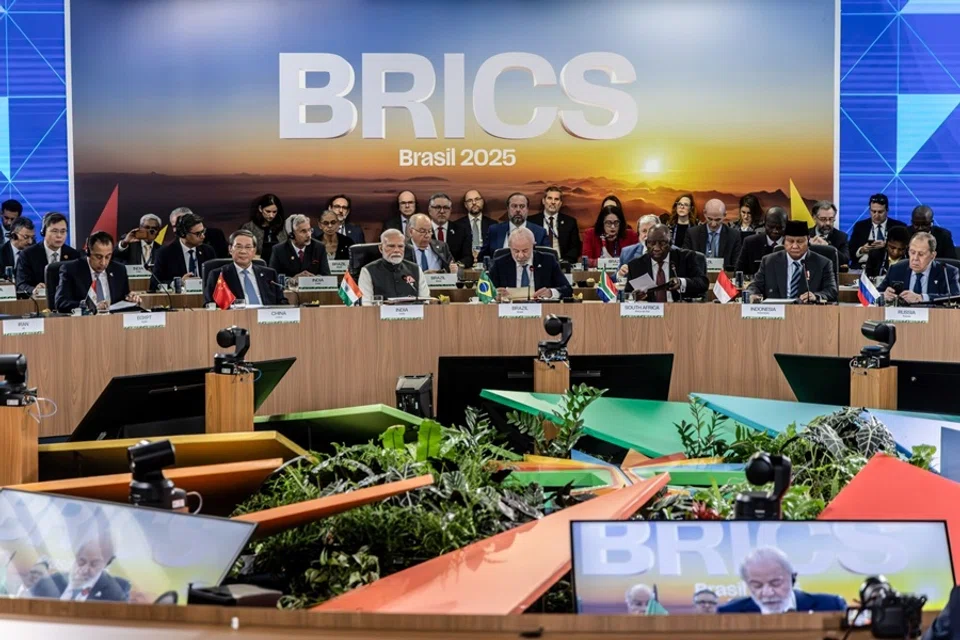
The BRICS summit on 6 July at Rio de Janeiro in Brazil was expected to be a low-key affair given the global preoccupation with US tariffs. The fact that neither Chinese President Xi Jinping nor Russian President Vladimir Putin would be present at the head table also contributed to low expectations of the occasion.
The summit, however, turned out to be particularly significant by spelling out in detail the pronounced divide between the US and several emerging market developing countries that make up the BRICS. The articulations from the summit provoked the US President Donald Trump to threaten additional tariffs on BRICS members and those countries which might subscribe to the “anti-American” agenda of the BRICS.
Has the BRICS then decidedly turned anti-America?
The Rio summit has evidently further displeased President Trump.
A reprieve for countries facing sanctions
The BRICS was already in the crosshairs of President Trump for allegedly encouraging policies aiming to dethrone the US dollar from its hegemony in global trade and financial transactions. The BRICS Pay — launched at the last BRICS summit in Kazan in 2024 — enables BRICS members to explore more non-dollar currency options for engaging in global financial transactions.
The initiative is of great value to countries that are currently sanctioned from using the SWIFT inter-banking financial system, such as Russia and Iran, both BRICS members, as well as Uganda and Cuba, which are BRICS partners. Along with BRICS Pay, efforts to make BRICS member currencies mutually interoperable through digital means, amounts to creating more options for trading in non-dollar currencies.
The efforts riled President Trump against the BRICS. A few weeks after his re-election as the US president in November 2024, he threatened to impose 100% tariffs on BRICS exports to the US, if they work on creating a currency that would be an alternative to the US Dollar and upstage it. The Rio summit has evidently further displeased President Trump.
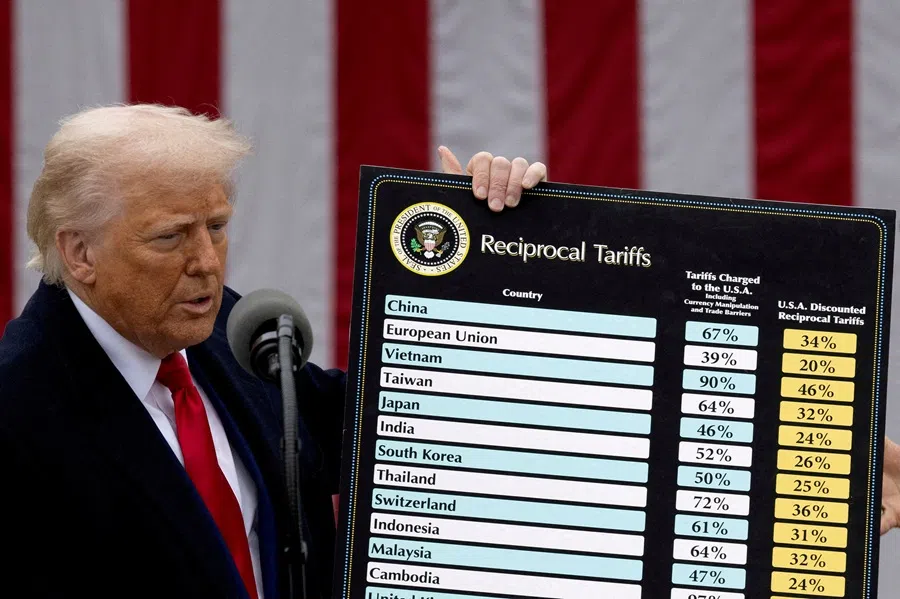
The “anti-American” perception of the bloc arises from the serious concerns it has voiced on the sharp growth of trade-restrictive actions — both tariff and non-tariff — distorting global trade and undermining the rules of the WTO. The BRICS has also called out economic coercion through unilateral economic sanctions. Furthermore, it has condemned the military strikes on Iran; expressed concern over the resumption of Israeli aggression in Gaza; and emphasised the right of the Palestinians to self-determination.
... the intention of the BRICS to call out the US and advanced Western nations for their roles in disrupting the global order could not have been more obvious.
BRICS stepping up on political matters
The political posturing of the BRICS, as conveyed through the Rio declaration, is a departure from its historical tendency of avoiding commenting on political matters and confining itself to economic and developmental issues. It remains to be seen whether such posturing will become a characteristic of the group, or whether it is just a response to the current turbulence in the global order. Whatever it may be, the intention of the BRICS to call out the US and advanced Western nations for their roles in disrupting the global order could not have been more obvious.
Without naming the US and EU, the Rio declaration makes it clear that on most global issues, especially the ongoing conflicts in the Middle East and Ukraine, it stands opposed to the former. The bloc’s tirade against trade-restrictive actions is not confined to acts by the US, but also alludes to those being proposed for protecting the environment, in obvious reference to climate policies of the EU.
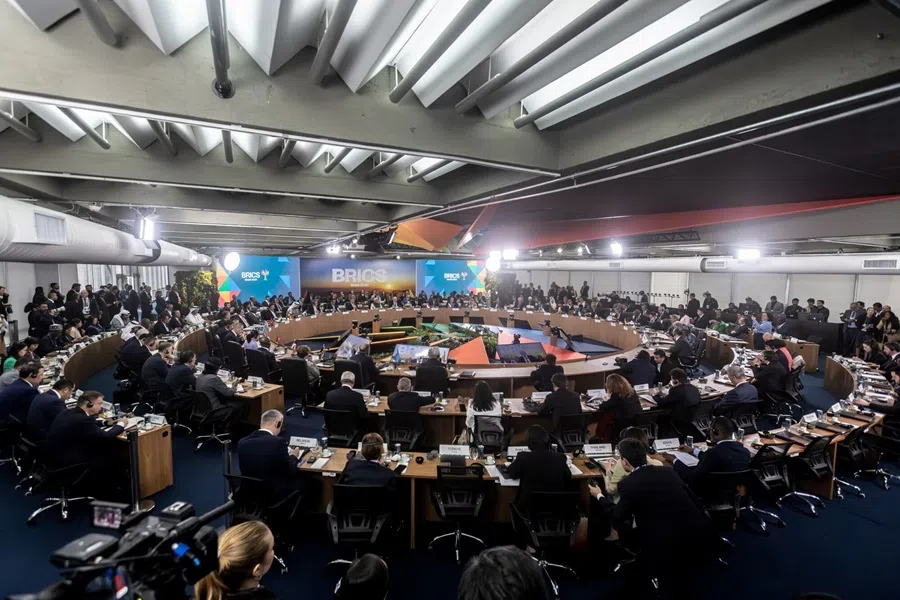
The “anti-American” tariff threat by President Trump has been responded to by China, as well as Brazil, the host of the Rio summit, for being based on unfounded assumptions. Indeed, notwithstanding its criticism of the US and Western policies, the BRICS would not be comfortable in being noted as wholly “anti-American” or “anti-Europe”. This is because its members — while having several common interests — remain disunited on various bilateral and global matters, including engaging with the US and Europe.
But there is little doubt over the BRICS having come of age. In the current decade, the group has expanded by including new members, notably Egypt, Ethiopia, Iran, Indonesia and the United Arab Emirates (UAE). Saudi Arabia is also expected to become a member soon.
More members indicate that it is not just the “famous five” — Brazil, Russia, India, China and South Africa — that determine the BRICS agenda. The new members, along with a large group of partner countries — Belarus, Bolivia, Cuba, Kazakhstan, Malaysia, Nigeria, Thailand, Vietnam, Uganda and Uzbekistan — can chart a well-defined course. This is evident from the detailed and comprehensive Rio declaration, which covers almost all matters of global concern, and is by itself a significant reflection of the current priorities of the global south.
If the US maintains such an approach, it can unify the BRICS through an anti-American plank far more effectively than any other agenda.
Anti-America breeds anti-BRICS?
The challenge for BRICS in the days to come will be to deal with a Trump administration that is growing belligerent to its activities. Shedding off the perceived “anti-American” tag is not going to be easy.
The presence of members and partners like China, Cuba, Russia and Iran, which are in various ways adversaries of the US, does make the bloc look opposed to US strategic interests. On the other hand, members and partners like India, Saudi Arabia, Thailand, Vietnam and the UAE, do have close ties with the US. To what extent members with different strategic ties with the US will be able to converge on common positions will determine the bloc’s approach to dealing with the US.
As far as the current summit goes, the BRICS has not hesitated to express its deep reservations about the current US role in the world. In a way, the US has facilitated the stance through its current approach of treating friends and foes in almost identical fashion, especially in its transactional dealings on trade. If the US maintains such an approach, it can unify the BRICS through an anti-American plank far more effectively than any other agenda.


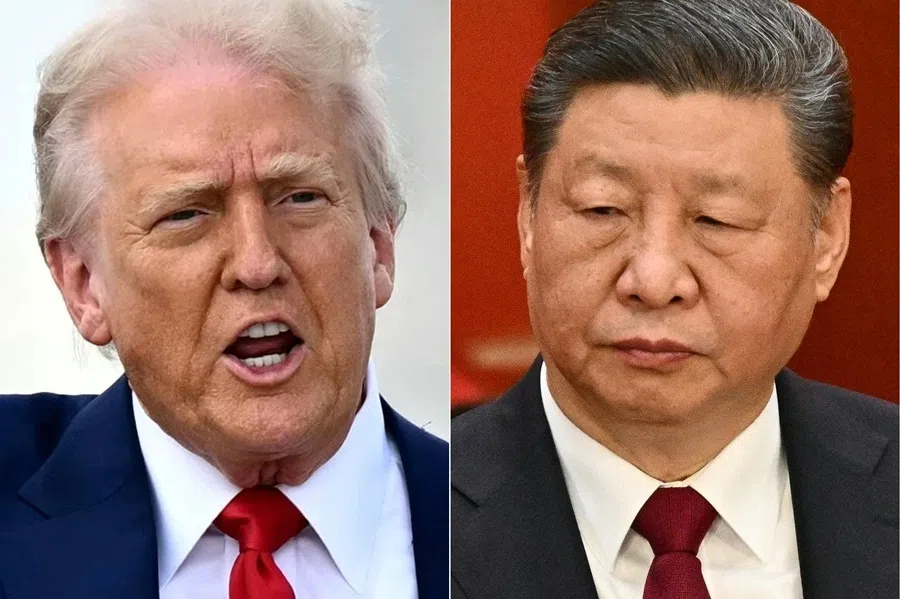

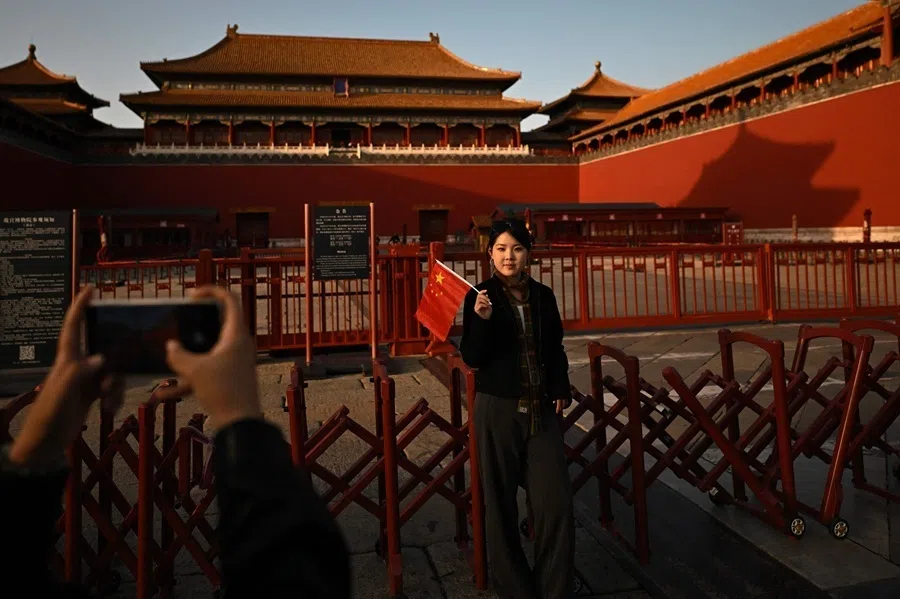
![[Vox pop] Chinese parenting: Tough love or just tough?](https://cassette.sphdigital.com.sg/image/thinkchina/b95bd53631df26290df995775a40e36709bf8dc8e3759460276abd5c426b20b6)